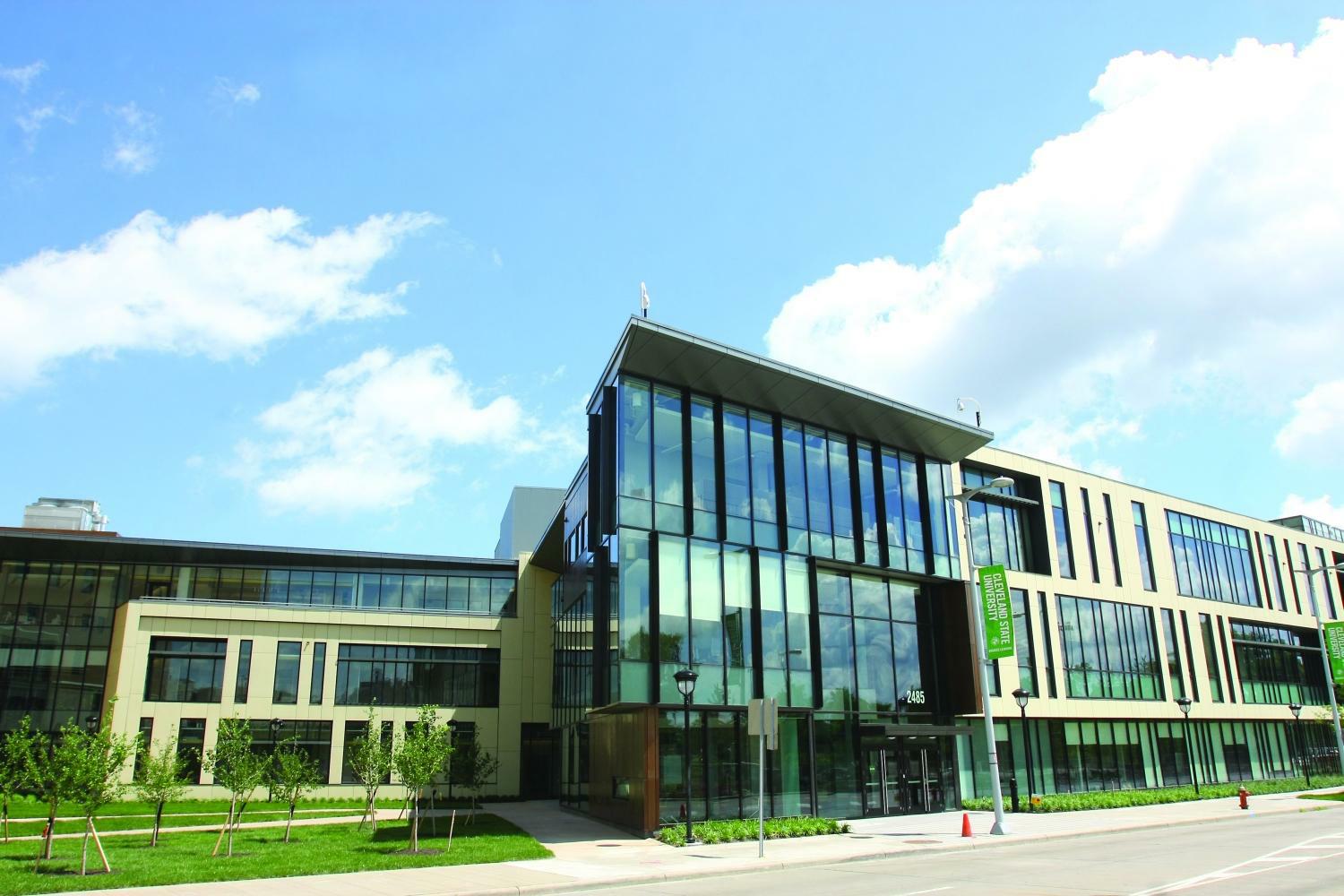This is “Stoichiometry and the Mole”, chapter 5 from the book Beginning Chemistry (v. 1.0). For details on it (including licensing), click here.
For more information on the source of this book, or why it is available for free, please see the project's home page. You can browse or download additional books there. To download a .zip file containing this book to use offline, simply click here.
Chapter 5 Stoichiometry and the Mole
Opening Essay
At Contrived State University in Anytown, Ohio, a new building was dedicated in March 2010 to house the College of Education. The 100,000-square-foot building has enough office space to accommodate 86 full-time faculty members and 167 full-time staff.
In a fit of monetary excess, the university administration offered to buy new furniture (desks and chairs) and computer workstations for all faculty and staff members moving into the new building. However, to save on long-term energy and materials costs, the university offered to buy only 1 laser printer per 10 employees, with the plan to network the printers together.
How many laser printers did the administration have to buy? It is rather simple to show that 26 laser printers are needed for all the employees. However, what if a chemist was calculating quantities for a chemical reaction? Interestingly enough, similar calculations can be performed for chemicals as well as laser printers.
Figure 5.1 Outfitting a New Building

In filling a new office building with furniture and equipment, managers do calculations similar to those performed by scientists doing chemical reactions.
Source: Photo courtesy of Benjamin Benschneider, Cleveland State University.
We have already established that quantities are important in science, especially in chemistry. It is important to make accurate measurements of a variety of quantities when performing experiments. However, it is also important to be able to relate one measured quantity to another, unmeasured quantity. In this chapter, we will consider how we manipulate quantities to relate them to each other.




